obsidian dragon
Mala, traditional Zen Buddhist rosary. 108 green jade beads. Prayers and meditation
Mala, traditional Zen Buddhist rosary. 108 green jade beads. Prayers and meditation
Couldn't load pickup availability
The mala, trengwa, in Tibetan is the rosary of the Buddhist, the object which the monk (even the lay practitioner) almost never separates, holding it in the hand or wrapped around the wrist. The mala is first of all a utilitarian object: it serves as a tactile support for the recitation of mantras, at the same time as it is used to count them if one has set oneself to repeat a defined number. The mala is made up of 108 strung beads, which justifies its name, since it simply means "garland" (of beads). The different components each have a precise symbolic meaning: The large pearl (or Buddha's head) which closes the loop represents the knowledge of emptiness. The little cone on top of it is the mark of emptiness itself.
As a gemologist graduated from the National Institute of Gemmology in Paris, all our stones are appraised and certified.
As Malakara, we make all of our malas ourselves, scrupulously respecting tradition.
108 entirely natural Nephrite jade beads guaranteed without any treatment and expertized. Originally from Qinghai province Dimensions of each pearl 6mm by 7mm in diameter each.
Total length of 40cm
Mala in the purest tradition of Zen and its Chinese ancestor, the ch'an
Unisex adult men and women not suitable for children.
The colors of jade:
The primary colors, such as white, black, purple and green, are due to partial substitution of aluminum ions in the structure of jadeite. Pure jadeite, NaAlSi2O6, is colorless or white, but if chromium or iron replaces aluminum, then the color resulting from this substitution may be green.
This first group of colors is directly related to the structure, and therefore is called the primary group. Secondary colors such as red and yellow, appear when jadeite has been exposed to the earth's surface. Oxidation and hydrolysis lead to the decomposition of the surface and solutions containing ferric oxide infiltrate the jadeite to form limonite and hematite in the intergranular spaces, hence the yellow or red color.
As the color group arises after the crystallization of jadeite, it is called secondary group. It is also called the "skin color" of raw jadeite. White Jadeite: The composition of white jadeite has a pure chemical composition with no ions such as chromium or iron causing color. Under the microscope, the crystals appear clean, without chemical alteration.
This result is confirmed by X-ray diffraction analysis. Violet jadeite: violet-colored jadeite exists in several different tones: pinkish violet, bluish violet and red violet.
In general, jadeite of this color is rather pale. It has long been thought that purple jadeite is colored by manganese ions, but no convincing analytical data has confirmed this view. In 1974, GR Rossman suggested that the purple color was due to ferrous and ferric transition elements. This was confirmed by performing measurements of the visible light spectrum.
Share
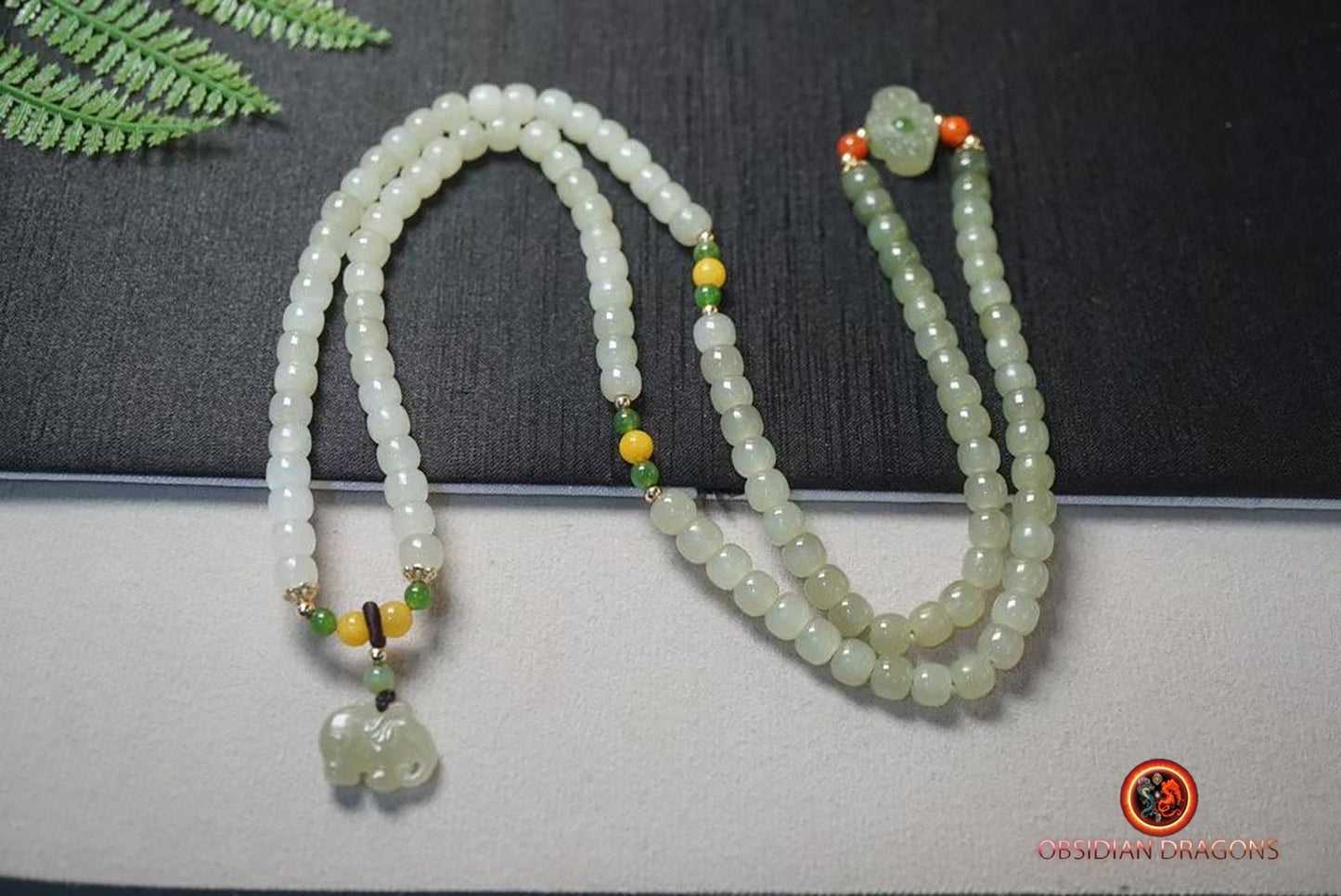
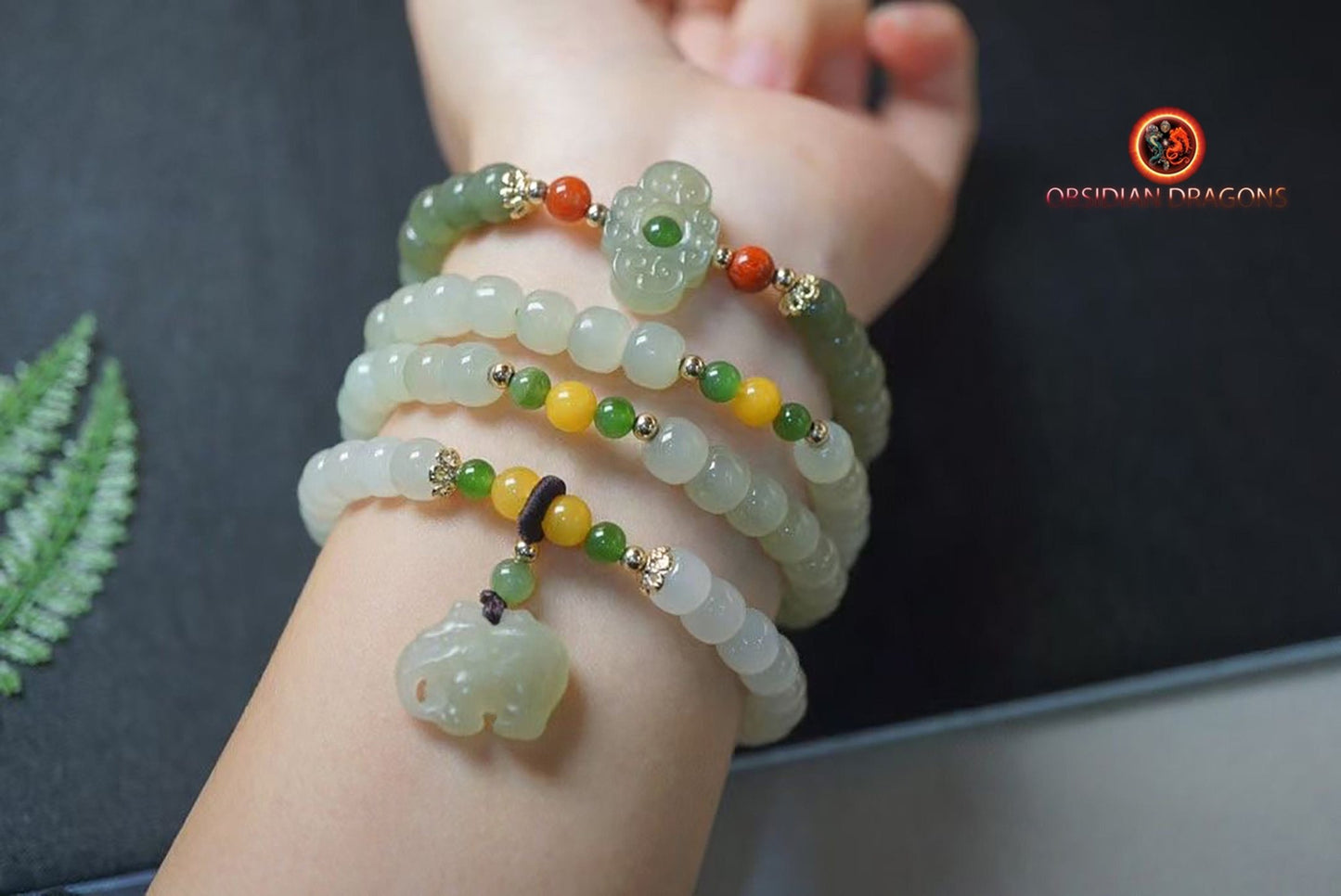
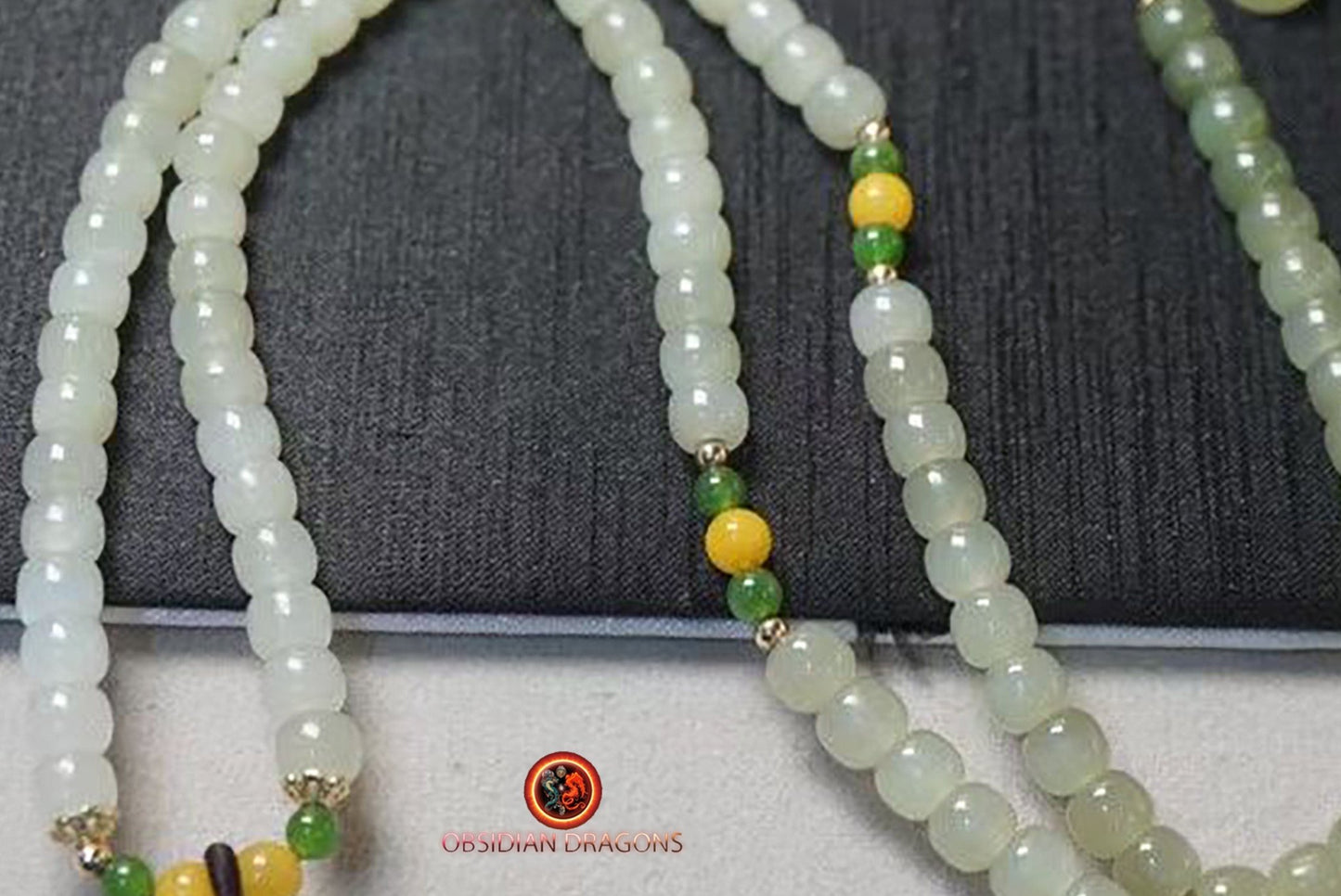
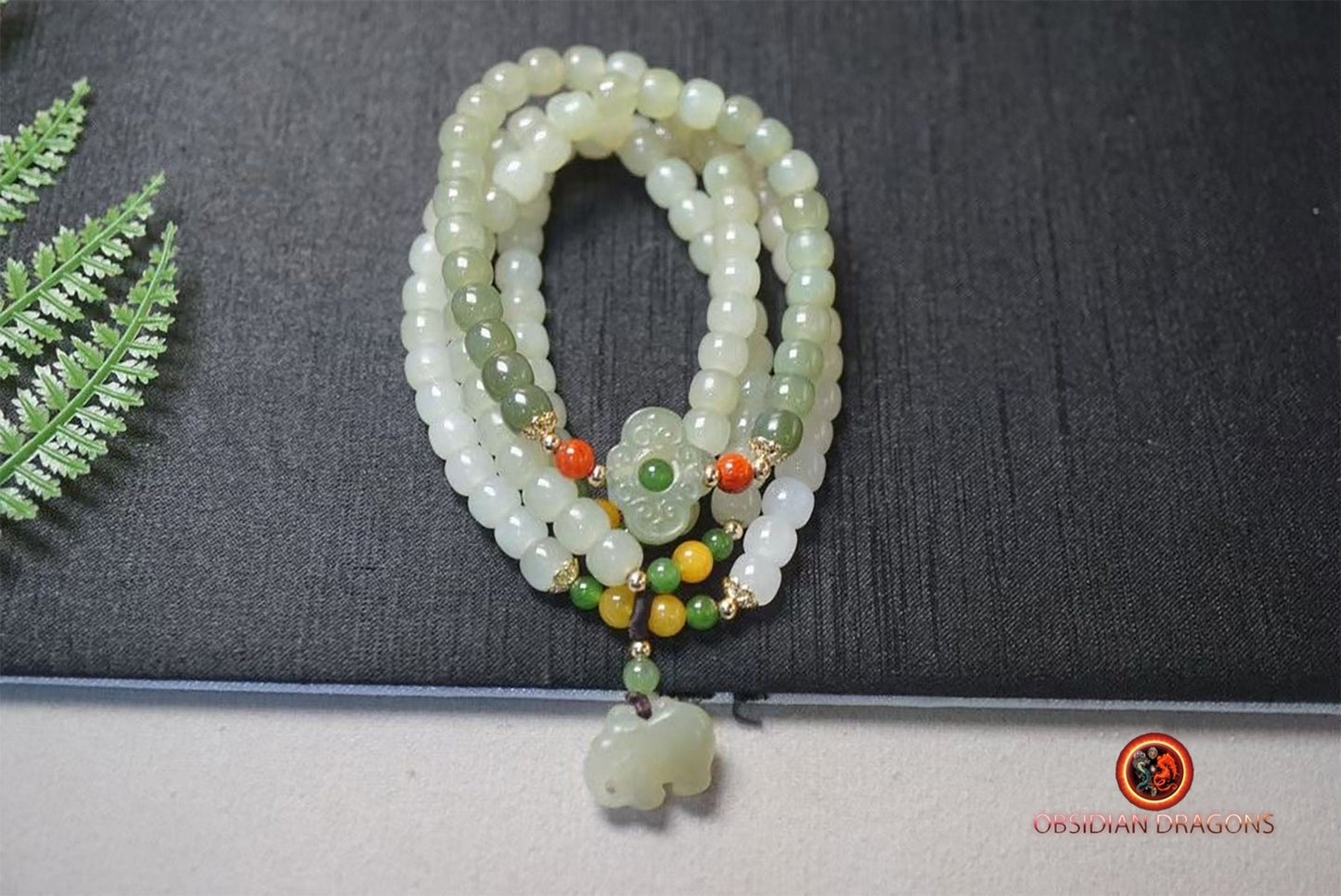


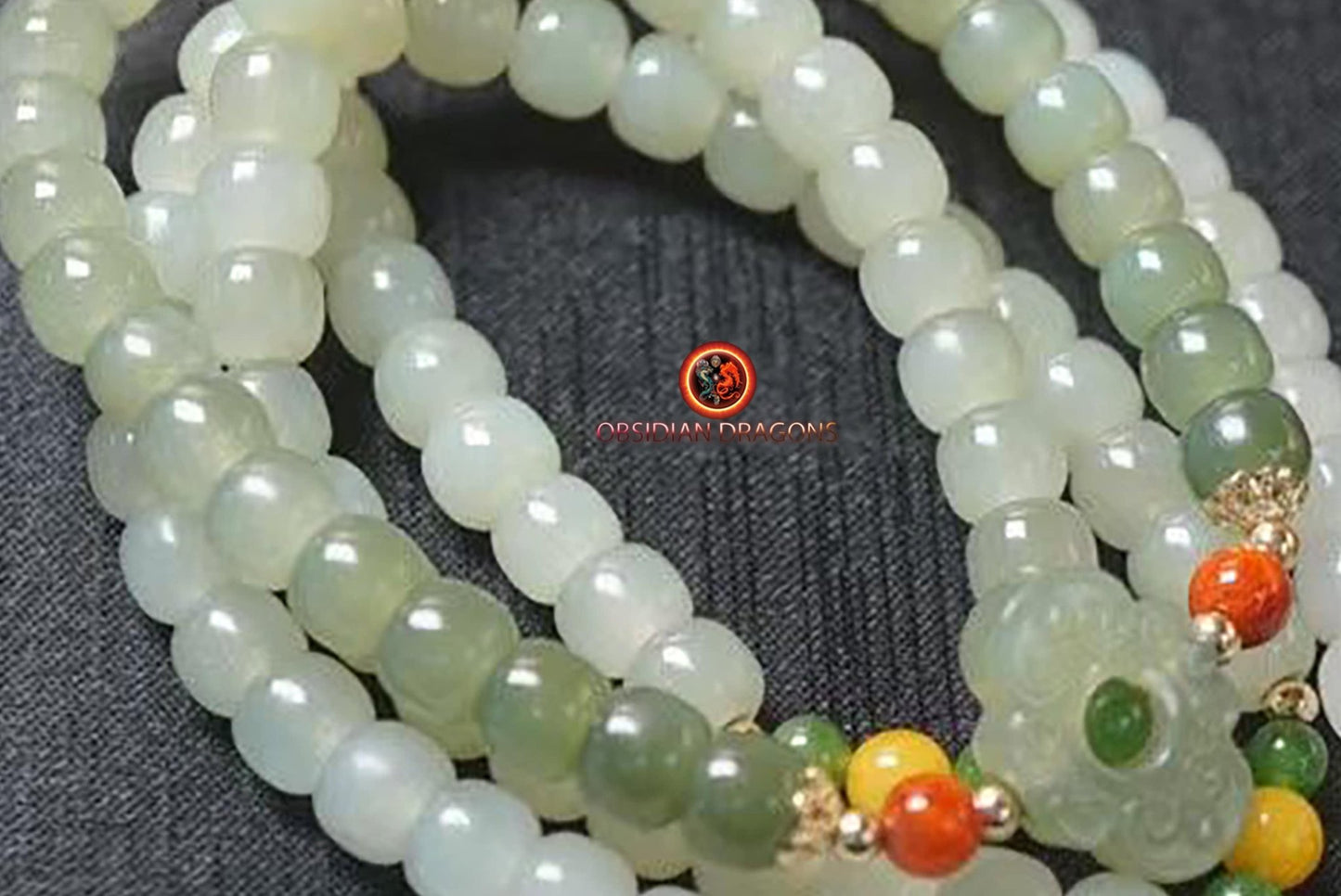

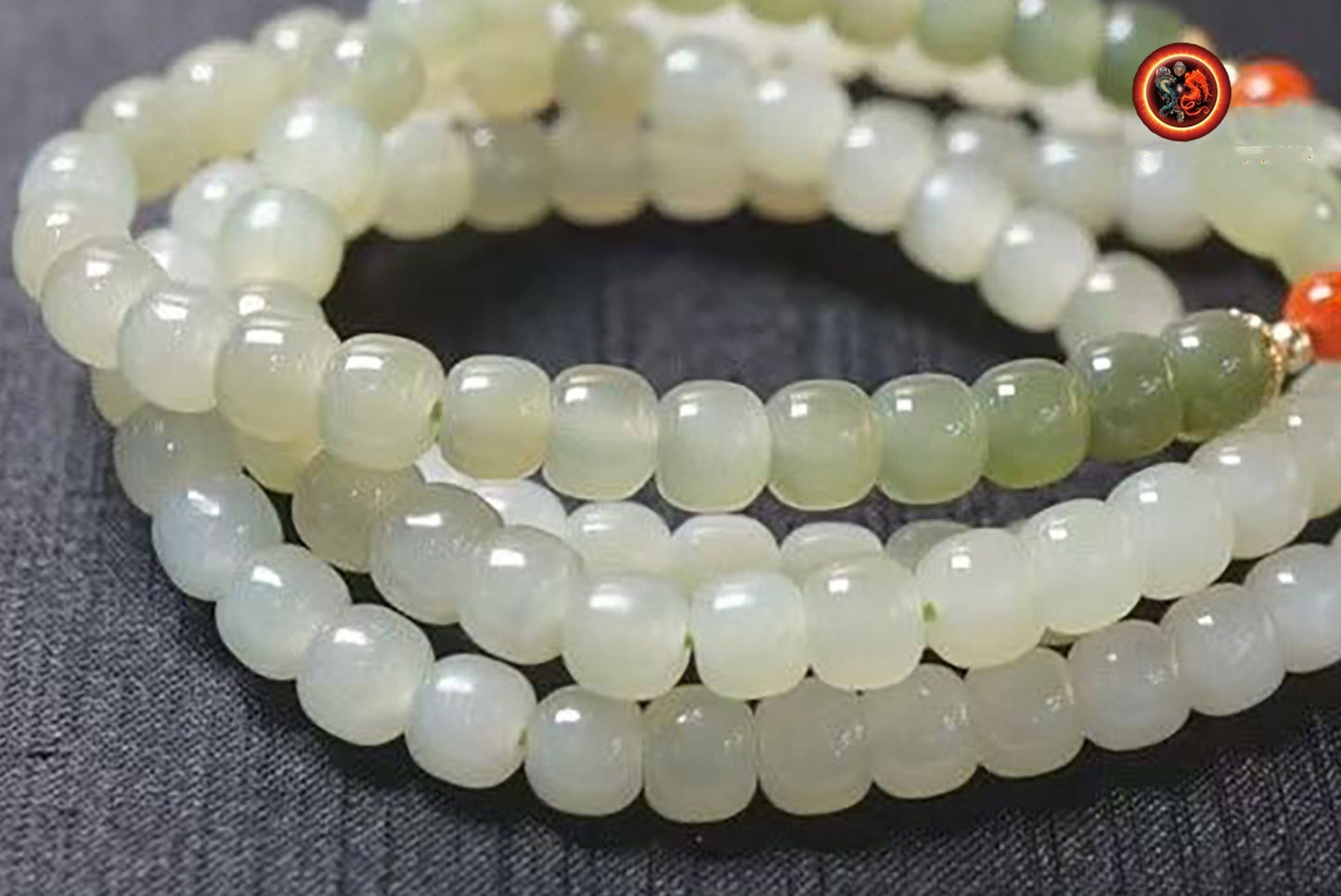
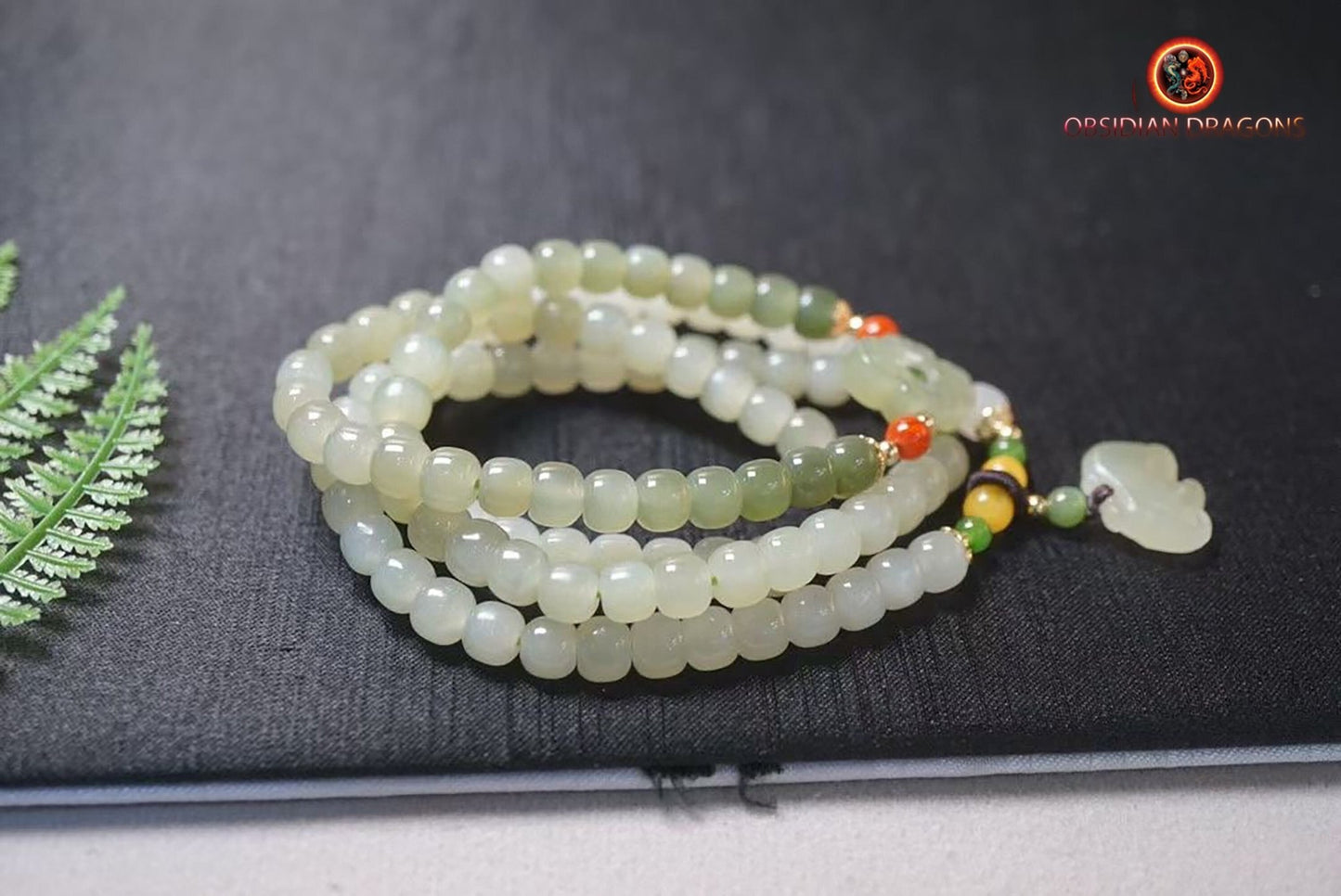


Return conditions for a Zen purchase
We offer you a money back guarantee within 14 days after delivery of your order.
If you are not completely satisfied with your purchase, please contact us to arrange a return of the product and a refund.
Except for returns, shipping is free on all orders.
Multi-column
Button text-

100% secure payment
3 times interest-free option with Scalapay
-

Free delivery in France and internationally
14 days money back guarantee after delivery (see our conditions of sale)
-

Column
Excellent customer service
Live chat
Whatsapp +33674049312
Let customers speak for us
from 911 reviewsLe crâne reçu correspond bien à celui proposé sur le site.

J'ai eu l'occasion de rencontrer Jérémy sur Paris avant l'achat...très bon contact avec lui ..il sait de quoi il parle...je suis revenu vers lui pour l'achat de cette magnifique statue...elle a été emballee avec beaucoup de soin pour une expédition de chine... vraiment très satisfait de cet achat..merci

Pendentif dragon en obsidienne œil céleste - Symbole spirituel

Le collier est superbe, et ce pendentif magnifique, ses détails! et l'odeur du bois de santal que c'est agréable! Qualité extra! Contact excellent avec Jérémy, merci beaucoup pour votre gentillesse! Quelle qualité, vivement le mala !

L'objet est très joli et malgré que je ne sois pas un spécialiste, je trouve que le crystal est beau. Il n'est pas parfait et cela me rassure sur la qualité du produit qui est sensé être naturel donc imparfait.
Très bien emballé et en plus housse de rangement offerte.
MERCI

Je suis très satisfaite, livraison rapide et soigné. J'ai appréciée la communication avec Jérémy… L'article est superbe, plus jolie que ce que je pensais.

J’ai commandé un crâne de dragon, il est super beau et très puissant. Je l’adore 😍 Et l’envoi a été très rapide 🤗 merci 🙏🏻

Absolument magnifique,il m’appelait ce bracelet et je suis ravie je ne vais plus le quitter merci 🙏🏼😍

Merci pour votre envoi, la pierre est magnifique, merci..

bracelet puissant, je suis content de mon achat

Cet artisan est gémologue, il travaille avec des artisans qui sont des vrais artistes, je suis bluffé par la qualité des ouvrages sur l’argent et sa qualité. Quand à la qualité des pierres pas besoin d’être gémologue pour voir la qualité exceptionnelle des pierres, encore une fois le travail de sculpture est exceptionnel.
Mon mala traditionnel est une pure merveille dans la tradition originelle. Le ghau est une merveille qui me comble.
Bref que dire de plus :). Allez sur son site.
PS : vendeur qui connait son métier et les traditions bouddhistes ce qui est un plus en plus :)

Ce crâne est un Etre de Lumière. Attirant , inspirant , "parlant".
Il est un Ami qui tire mes pensées vers le Haut.
Ses énergies vibrent à des fréquences élevées. Il est puissant dans la douceur.
Un crâne de Dragon m'assite également. Merveilleux !

Très beaux bracelet et très puissants

Magnifique crâne givré de l'Himalaya.

cette chevalière est tres bien réalisé, avec beaucoup de détails, je suis heureux de l'avoir















